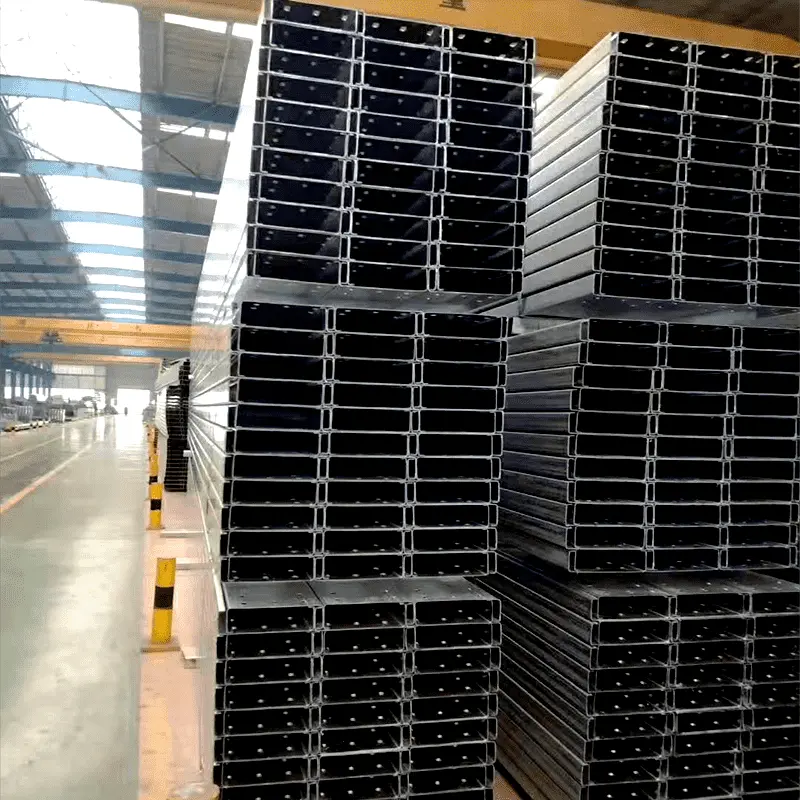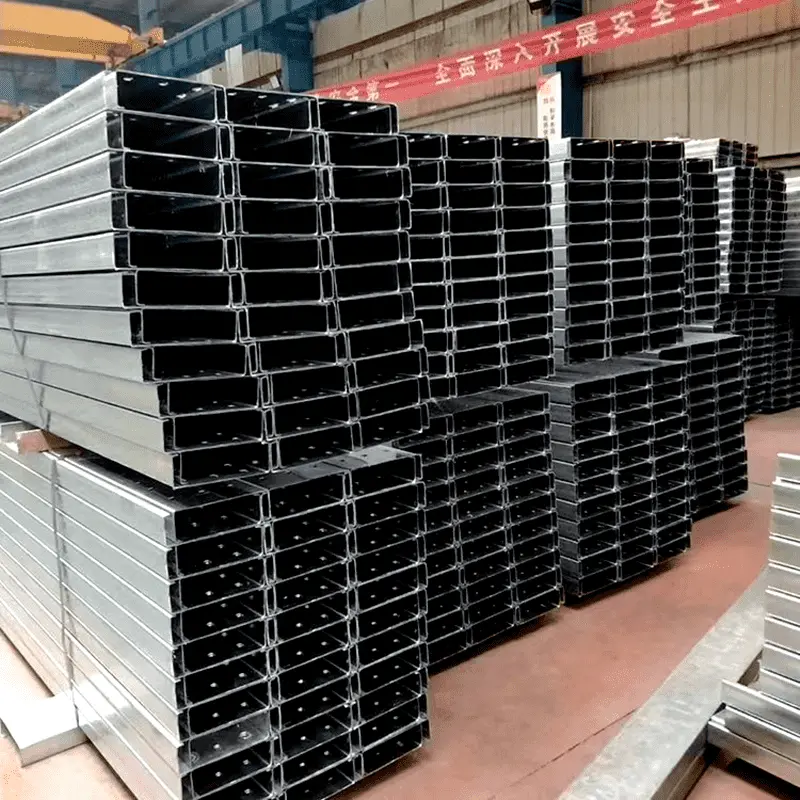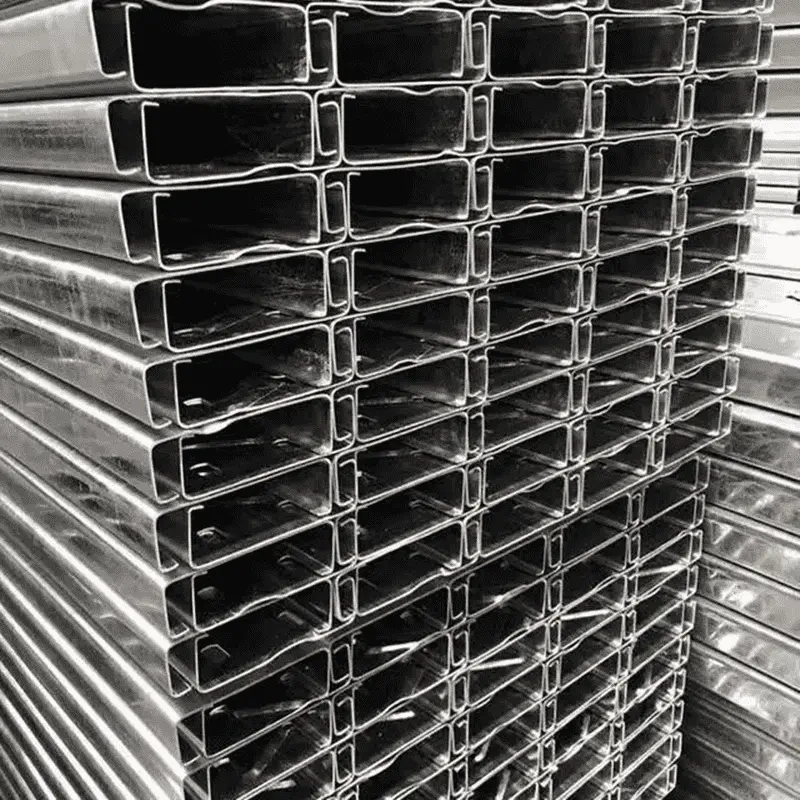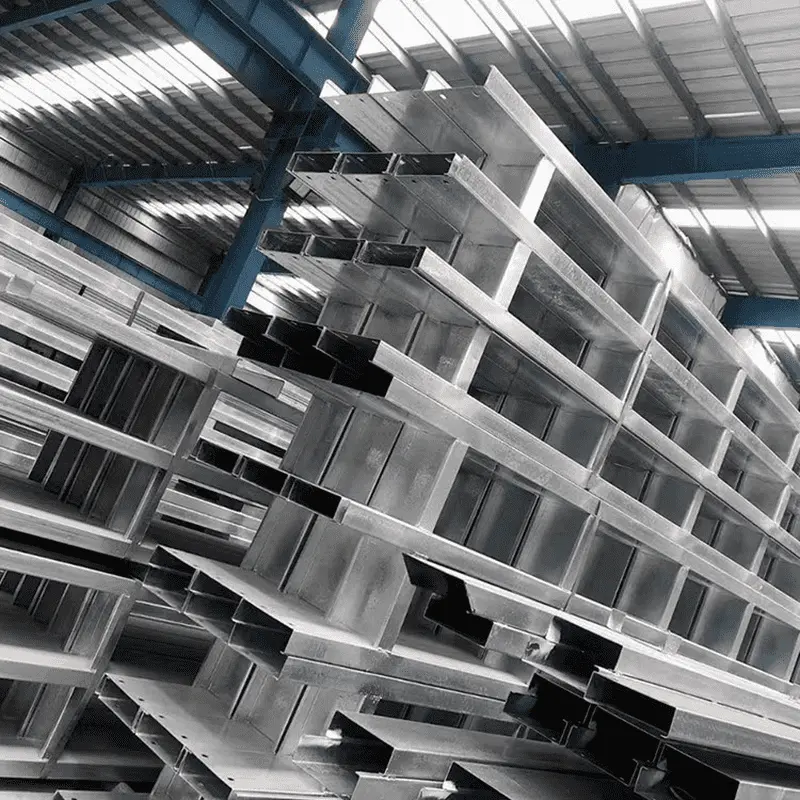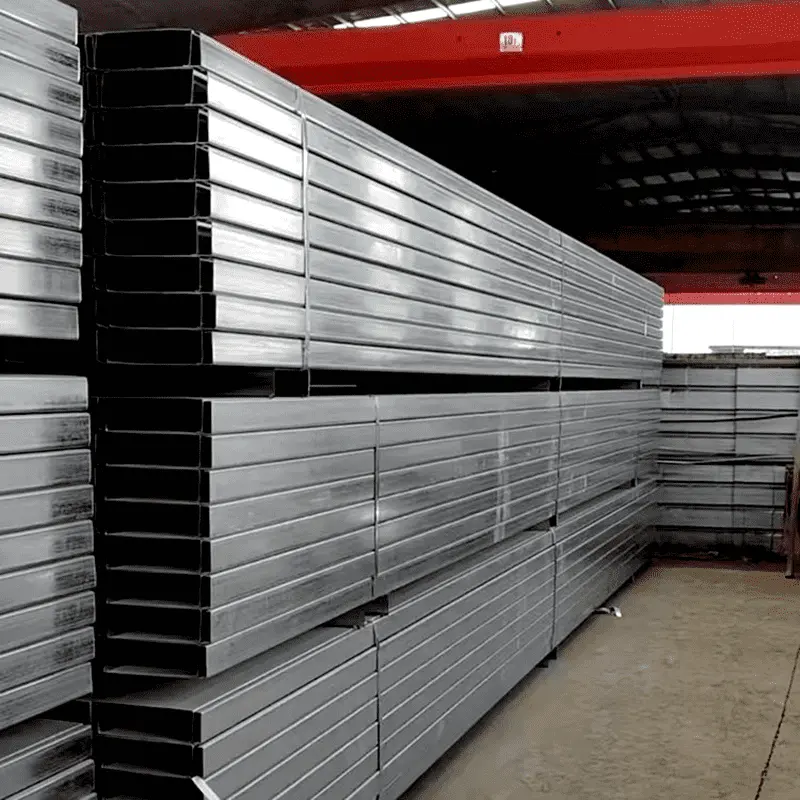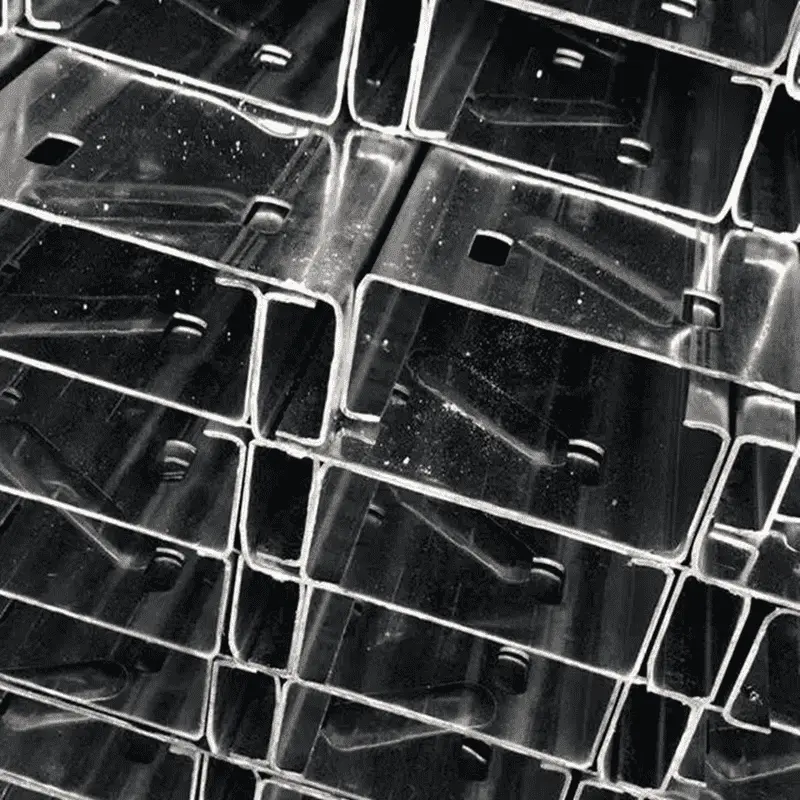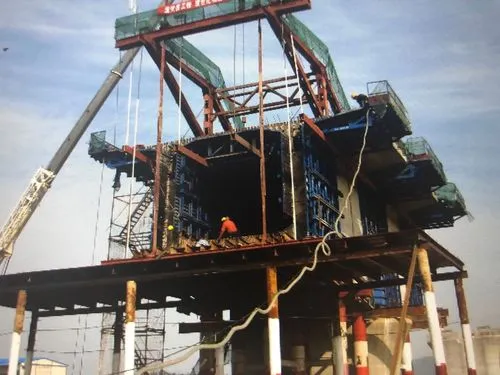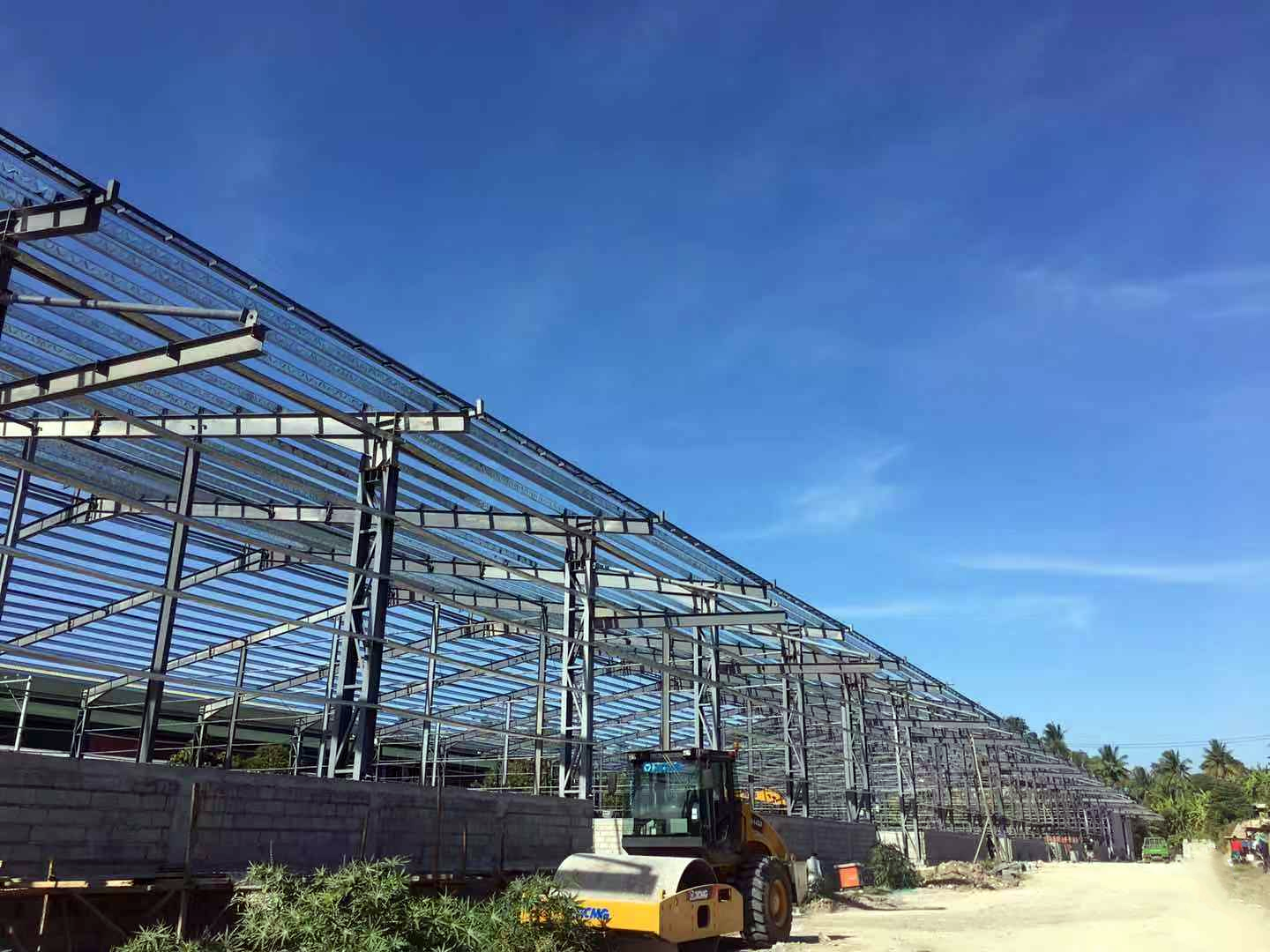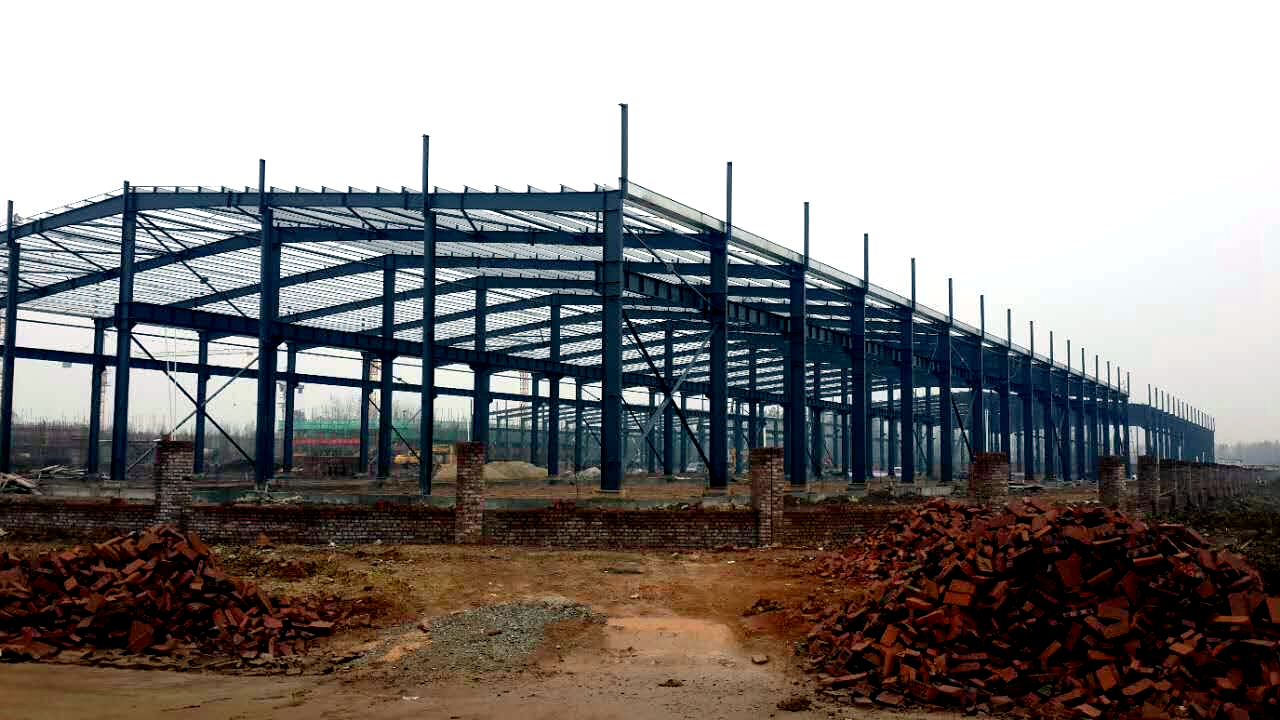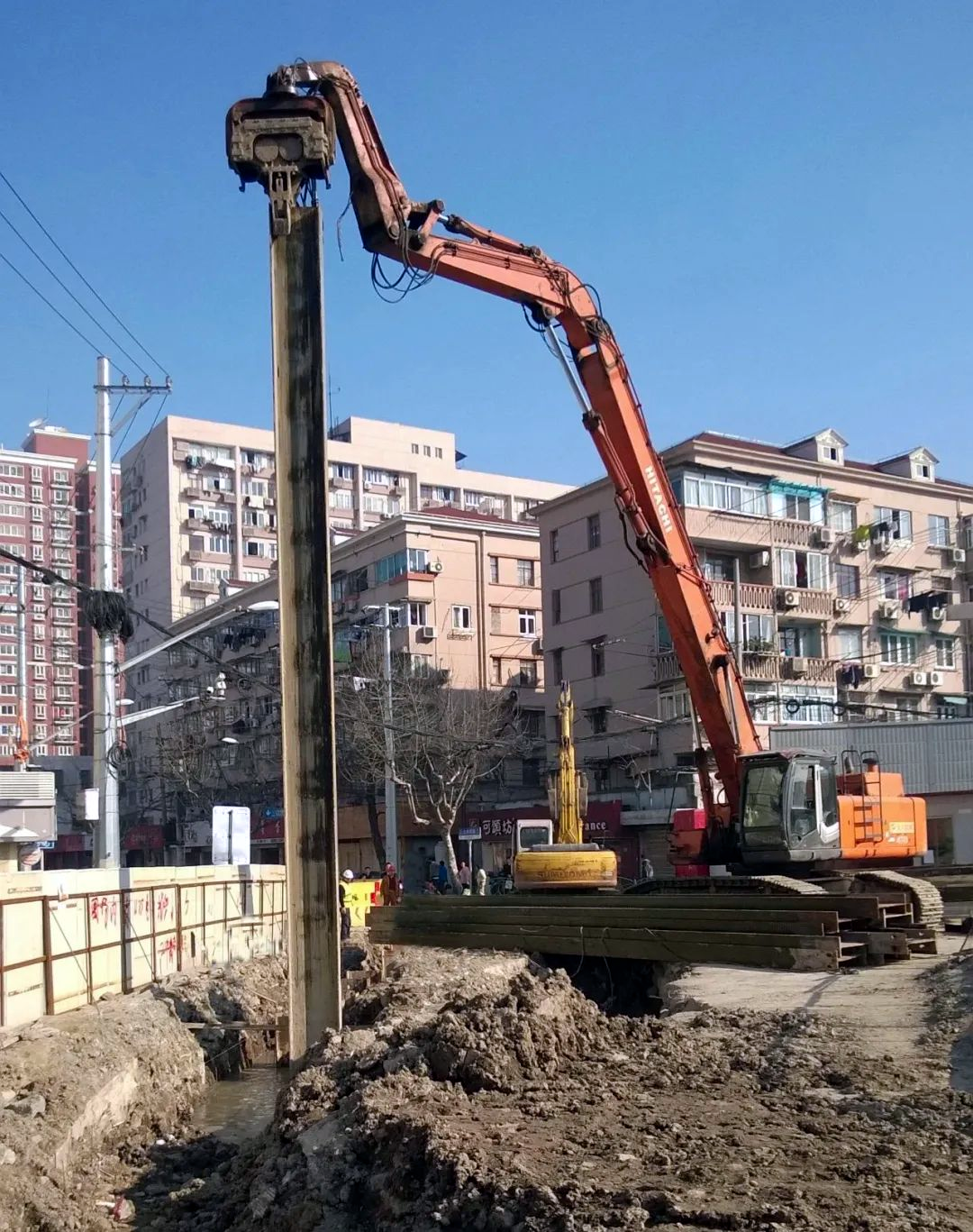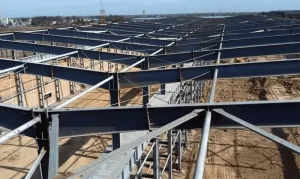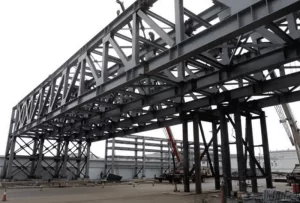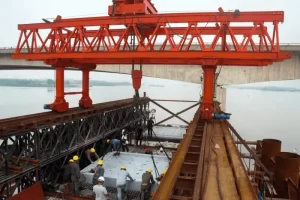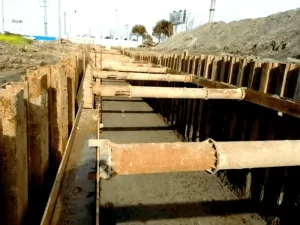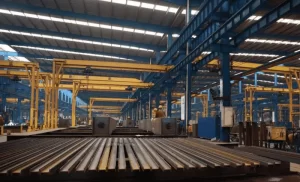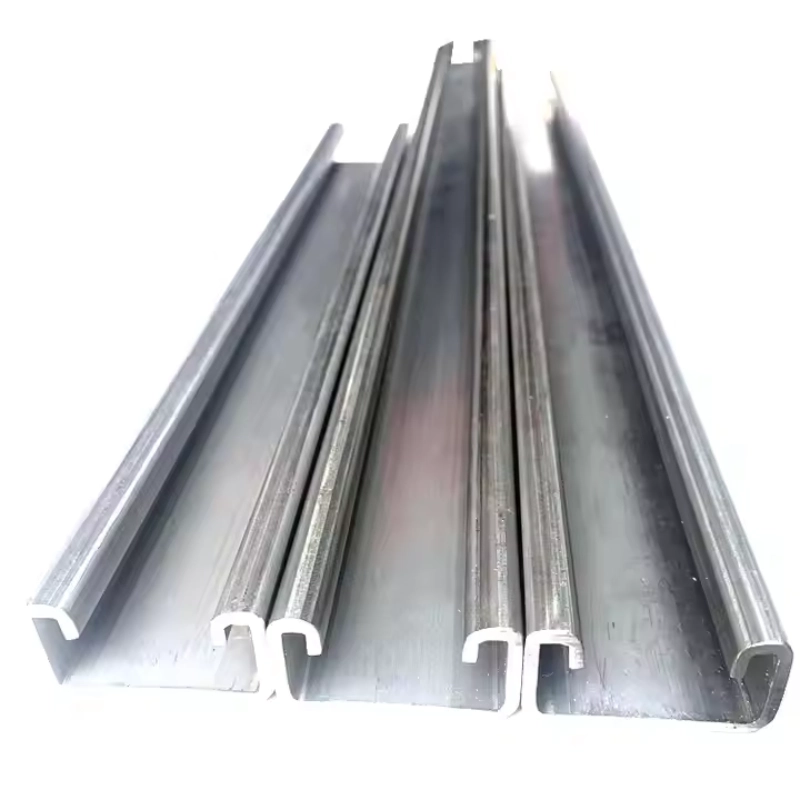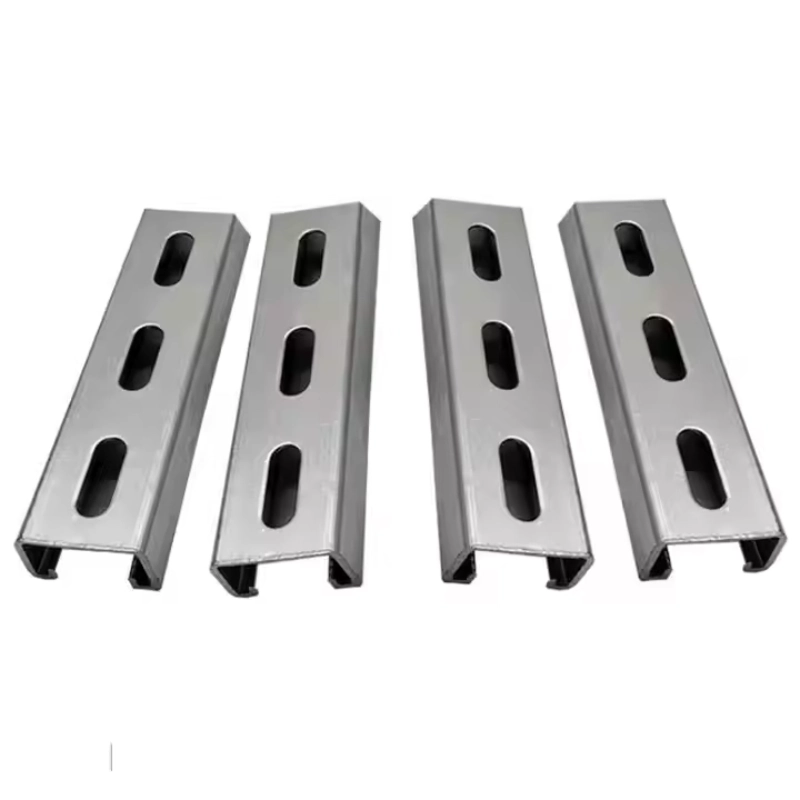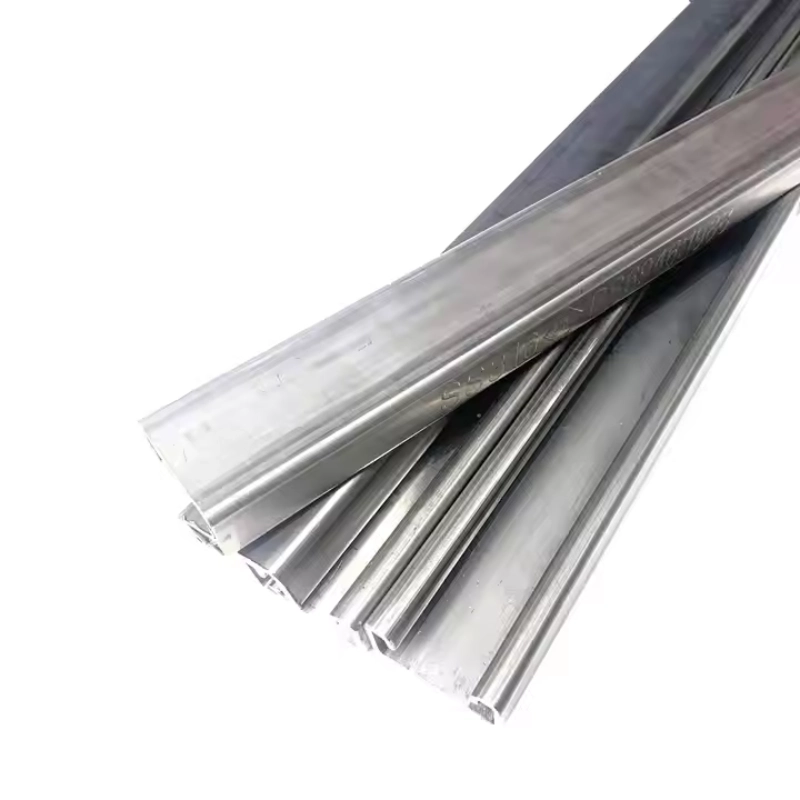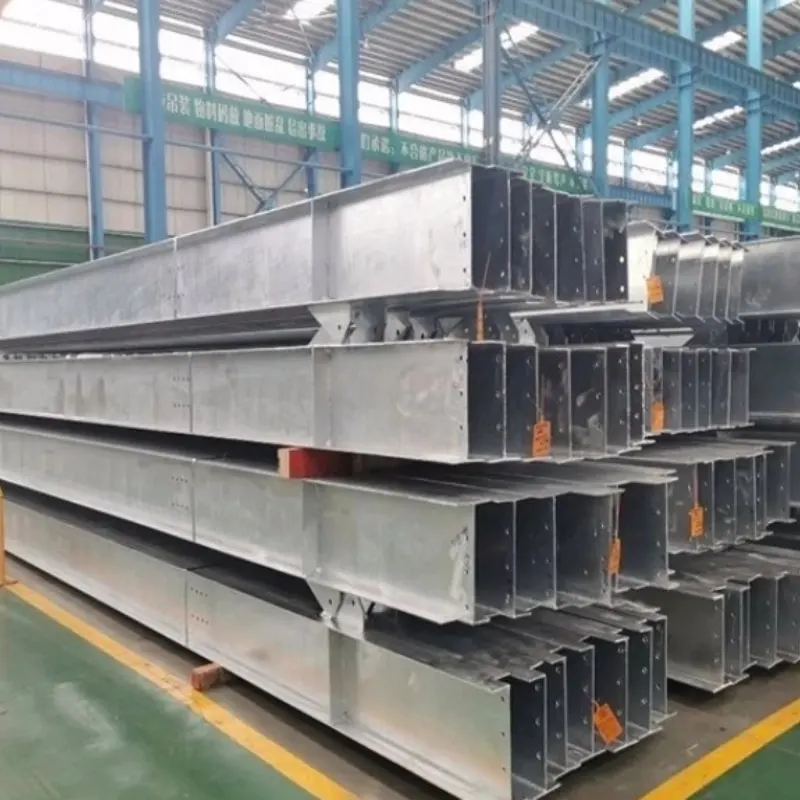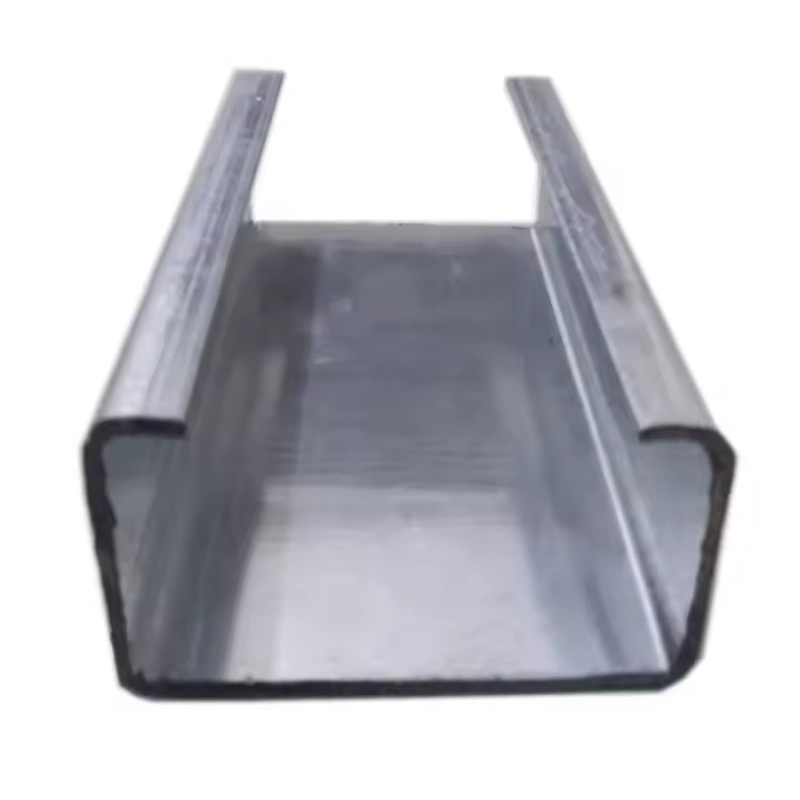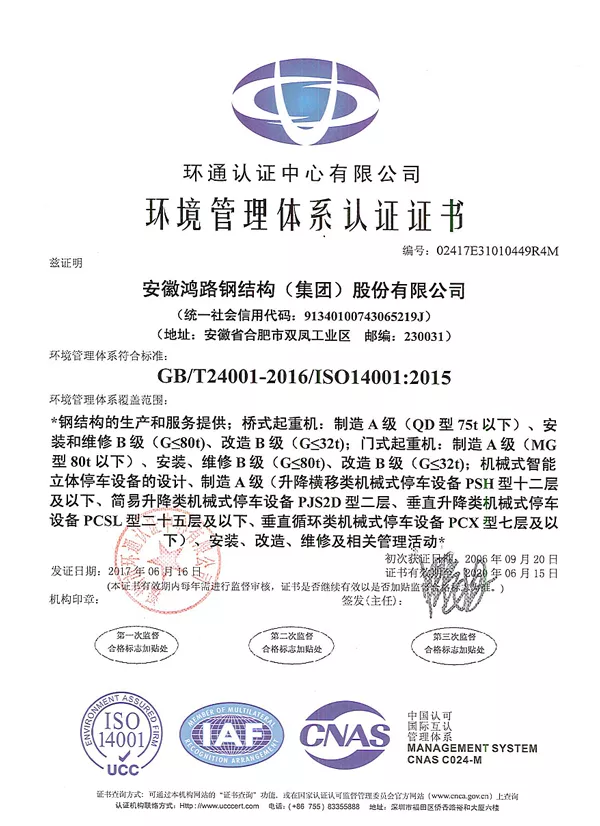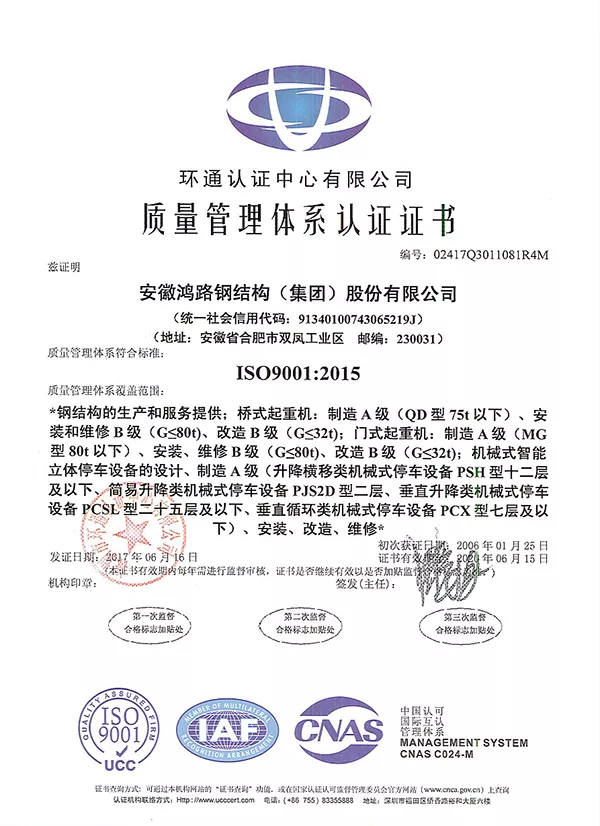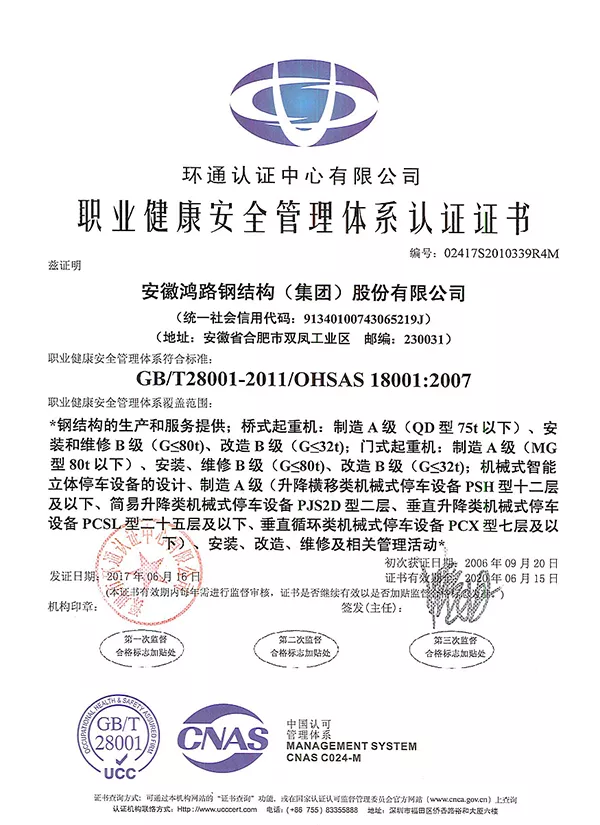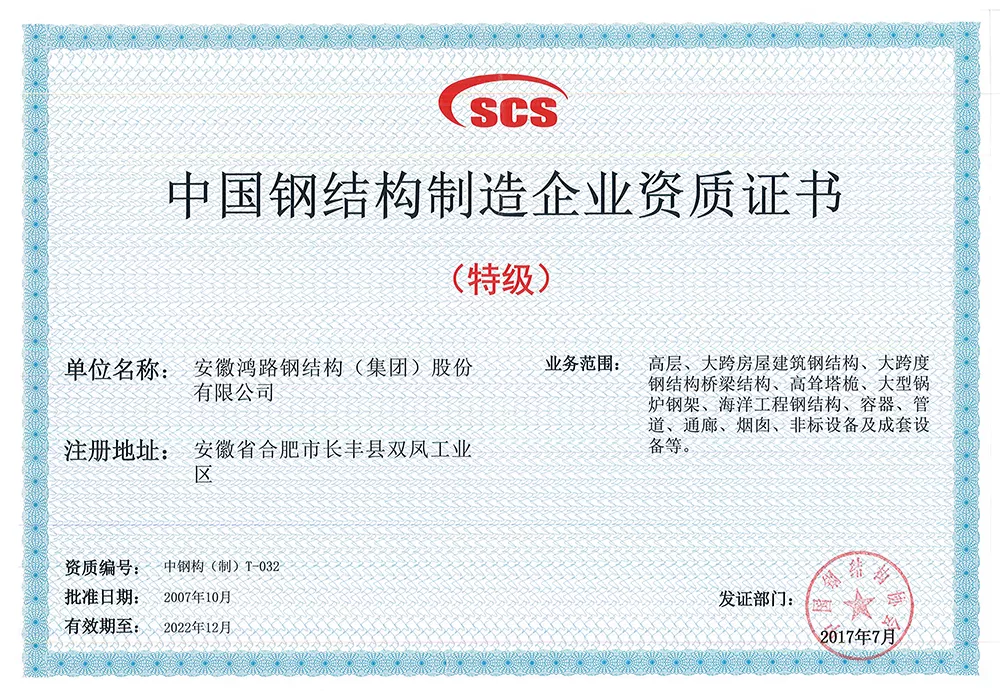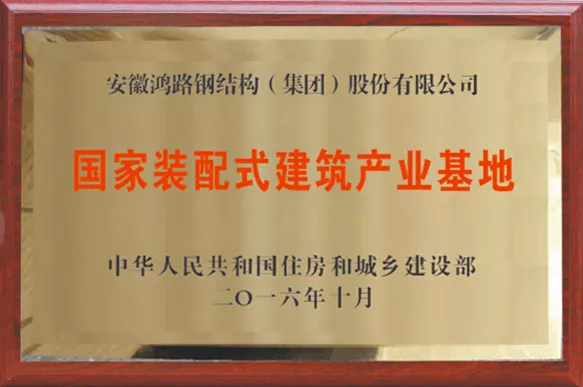What is C-shaped steel?
C-shaped steel, also known as channel steel, is a common type of steel that is named because of the cross-sectional shape is "C" . The cross-section of C-shaped steel is divided into two parts: Channel Web and Channel Wing. The Channel Web is the part connecting the Channel Wings, which are two relatively symmetrical parallel wing plates.
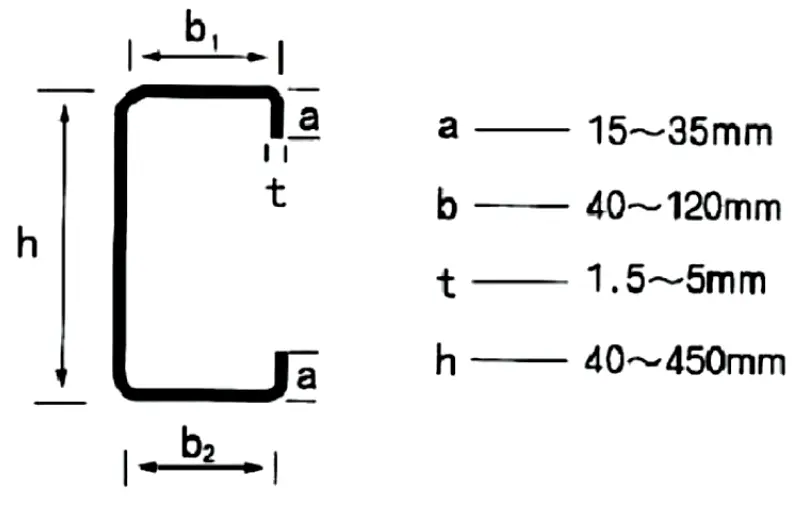
C-shaped steel is with high strength and rigidity, very suitable for structures that withstand large loads and bending torsion.
What are the specifications of C-shaped steel?
C-shaped steel purlins are mainly divided into five specifications based on different height: 80, 100, 120, 140, and 160. The use scope may vary depending on the different specifications, and reasonable selection will be made according to construction design requirements.
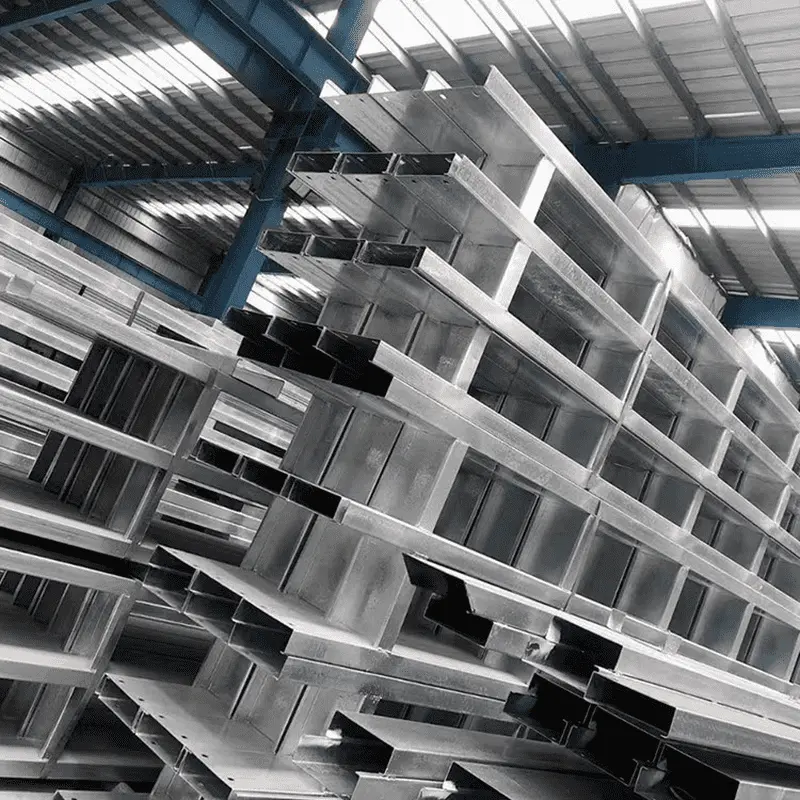
In addition, the length of C-shaped steel is generally determined based on the engineering construction design, but considering convenient transportation and installation conditions, the total length generally does not exceed 12 meters.
As an extension of the industrial chain of Honglu steel structure, steel purlin production lines are distributed in five major production bases, including Hefei, Anhui, Guoyang, Bozhou, Nanchuan, Chongqing, Tuanfeng, Hubei, and Ruyang, Henan.
At present, we have 60 advanced intelligent servo automatic cutting C/Z steel production lines, which can be used for punching production. The width and height can be adjusted freely, and can meet customer customization requirements as needed. The monthly output is over 50000 tons.
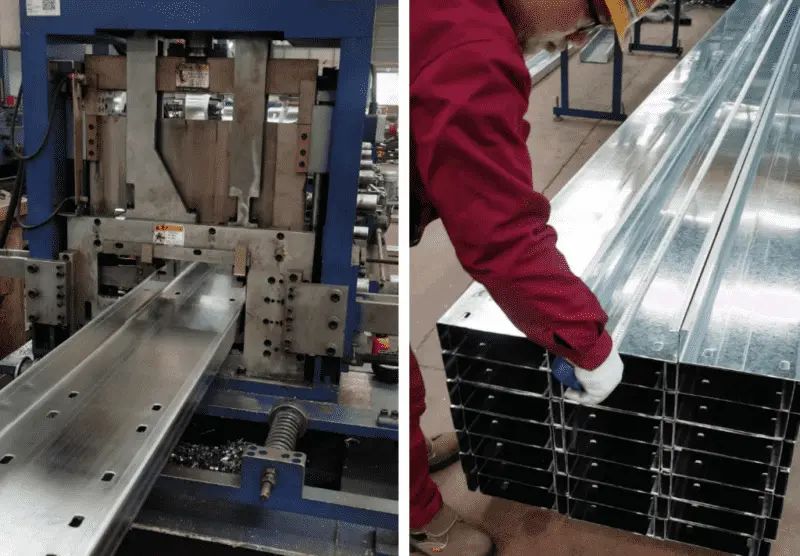
C-shaped steel, as a common steel with unique shapes and properties, has the characteristics of high strength, lightweight, convenient construction, economic practicality, environmental protection, energy conservation, and strong adaptability. It is widely used in various structural engineering, playing an important role in construction, bridges, mechanical manufacturing, and other fields. With the development of industry and construction, the application prospects of C-shaped steel in the future will be more broader.
